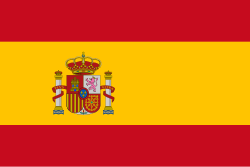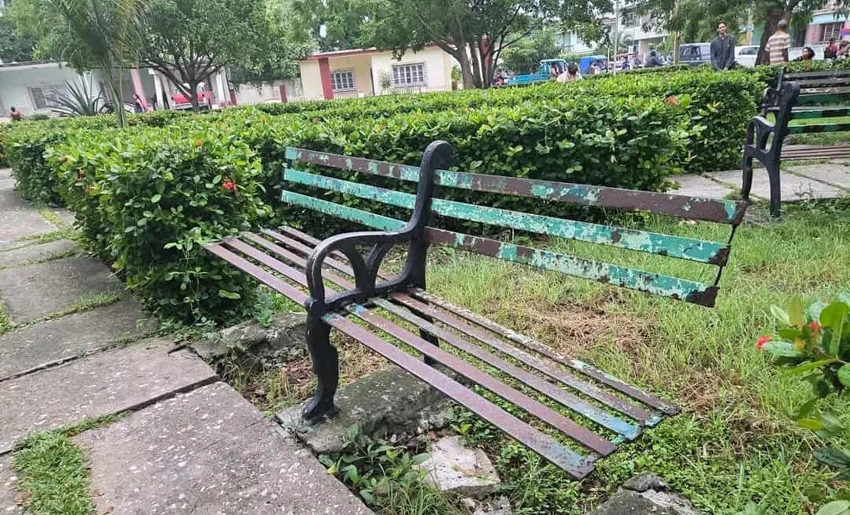The systematic theft of banks and metals that ravages the parks of the city of Holguin is a problem that affects multiple recreational areas and reflects the vulnerability of public property due to the lack of protection mechanisms.
The City of Parks faces a silent and worrying loss of its social and cultural heritage. In recent months, there has been an alarming increase in the theft and destruction of banks and other metal objects in public spaces.
The robbery of banks for the purpose of dismantling and illegally selling their metals is a phenomenon. That far from being isolated, is worrying and requires a comprehensive response.
The deterioration is not limited to a single location. A tour of the city located in the eastern region of the country reveals the scars of this scourge.
Parque de las Flores, Parque San José, and the Díaz Legrá Polyclinic park are among the most affected. Where aluminum structures and iron bands have been ripped out.
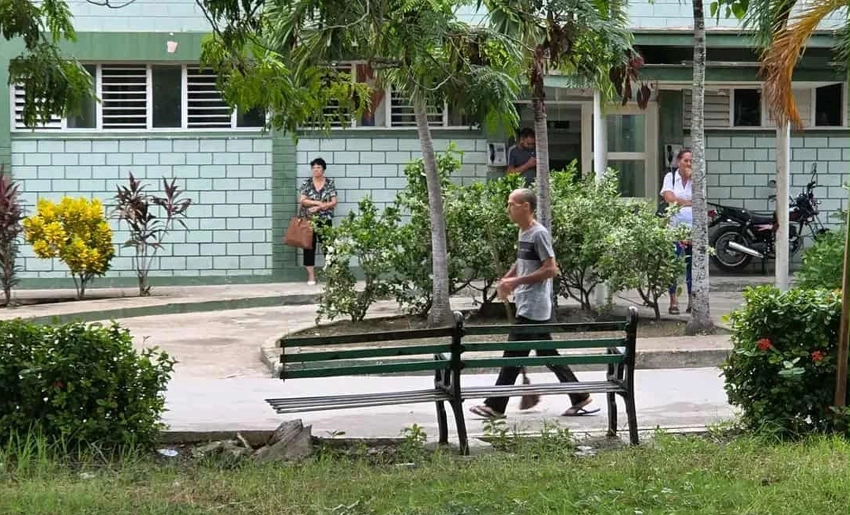
Likewise, the Children’s Park has seen its benches and fences disappear. While in the small park in the El Quijote neighborhood and in the work “Los Tiempos”—a tribute to the maestro Cosme Proenza—the lighting and other components have been vandalized.
This problem transcends parks and extends to other public facilities. A telling example is the sports area of the Fernando de Dios Athenaeum. Where doors, windows, and sanitary dams have disappeared, leaving only the concrete structures.
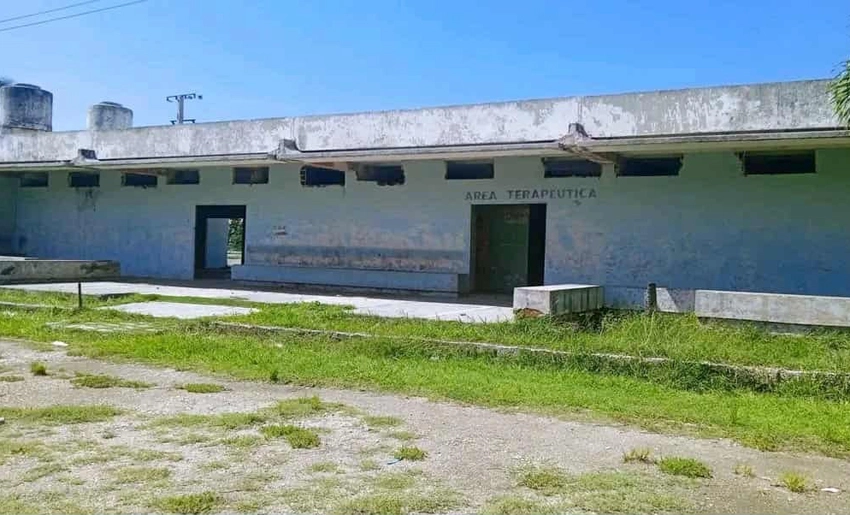
Where is the protective link?
Given this situation, an inevitable question arises: What mechanisms exist to protect these spaces? Historically, figures such as park rangers played an essential role in their preservation and surveillance.
However, due to budgetary constraints at the Municipal Directorate of Communal Services. This key link in care has been significantly weakened, leaving green areas in a vulnerable state.
This objective situation has created conditions that are exploited by unscrupulous individuals, whose actions harm the common good. However, it is essential to note that the solution does not lie solely in the allocation of resources. Also which is always complex in the context of the economic and financial blockade our country is experiencing.
It is contradictory that the budget savings generated by the elimination of these salaries could, in the long run, translate into much higher public expenditures for the repair, replacement, and maintenance of the damage caused.
A planned economy must consider that prevention is always more profitable than correction. Given this scenario, it is worth asking: What is the fate of parks in Holguin? The answer cannot be resignation.
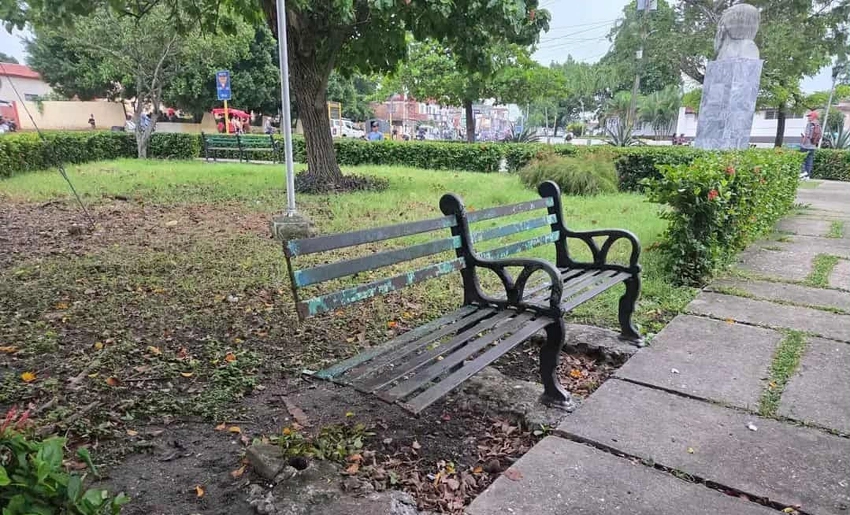
The mistreatment of public property is not an isolated issue. However, its impact goes beyond the material: it directly affects families’ quality of life, limits the right to healthy recreation. And weakens the sense of belonging, one of the fundamental values of our society.
Parks are the city’s living room, a reflection of its civic health and vital spaces for community, culture, and family recreation. Allowing their deterioration is not an option. The battle for Holguin’s parks is, in essence, the battle to preserve the sense of community and the decorum of a city that prides itself on its hospitality.
By: Daimy Peña Guillén
- Holguin returns to calm after Hurricane Melissa - 2 de December de 2025
- The Expedition of Victory - 2 de December de 2025
- Dutch Foundation Contributes to the Well-being of Children in Holguin - 1 de December de 2025
